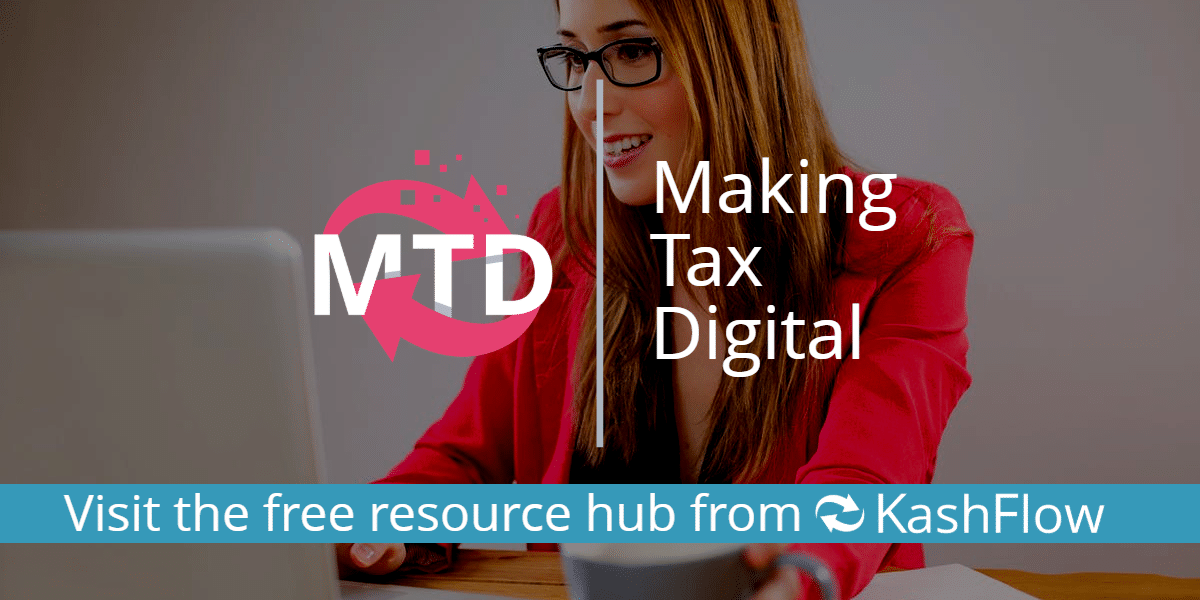Understanding the VAT Annual Accounting Scheme
With Making Tax Digital and its online-only, quarterly reporting around the corner, we take another look at the VAT Annual Accounting Scheme to see how it will change with this new tax initiative.
What is the Annual Accounting Scheme?
The VAT Annual Accounting Scheme is designed to help VAT-paying businesses reduce their admin by only submitting one VAT return a year, rather than the usual four. From this single return, businesses will then pay their VAT in instalments.
The Annual Accounting Scheme is designed to reduce paperwork and help businesses with their budgeting and cash flow.
How is VAT paid under the Annual Accounting Scheme?
For the first 12 months, your payment instalments will be based on an estimate of your VAT liability. HMRC will advise you on what these will be.
Your first annual accounting period will normally be at the start of the quarter you made your application to the scheme; unless you make your application late into a quarter, in which case it might start at the beginning of the next quarter.
If your business has been registered for more than 12 months, you can choose to pay your VAT in 9 monthly instalments. These will each be 10% of the amount owed for the previous tax year and will be due at the end of months 4 to 12 in the tax year.
Alternatively, you can pay 25% of the amount owed in quarterly instalments (due at the end of months 4, 7 and 10). You’ll then owe the balance of VAT for that year and the VAT return 2 months after the end of the annual accounting period.
At any point, you can apply to HMRC to change the way you pay your instalments, which is handy if your turnover has increased or decreased quite a bit.
Am I eligible for the scheme?
To be eligible for this scheme, you need to be a VAT-registered business with an estimated VAT taxable turnover of below £1.35 million in the next 12 months. Remember that your VAT taxable turnover is the sum of everything sold that isn’t VAT exempt.
There are a few exceptions though, so keep in mind that you won’t be eligible if:
- You’ve left the Annual Accounting Scheme in the last 12 months
- Your business is insolvent
- You’re not up to date with your VAT returns and payments
- Your business is part of a VAT-registered division or group of companies
You’ll also have to leave the scheme if you’re no longer eligible to be in it (for any of the above reasons) or your VAT taxable turnover is predicted to reach over £1.6 million by the end of the annual accounting year.
What are the advantages of the VAT Annual Accounting Scheme?
There are a few advantages to adopting this scheme:
- There’s less paperwork involved, as you’re only filing a VAT report once per year
- Your cash flow is easier to manage, as you know how much you’ll pay out each month
- You get an extra month to complete your VAT return and pay any of the tax owed
- Your calculations should be easier, especially when you’re partially exempt or use a retail scheme
What are the disadvantages of the VAT Annual Accounting Scheme?
There are, however, some disadvantages to using this scheme. Primarily, your payments may be higher than needed, because they’re based on the previous year’s performance. If the difference proves too significant, you can adjust the interim payments.
Just remember that you’re obliged to tell HMRC if your tax liability is projected to be much higher or lower than your previous year.
Will the Annual Accounting Scheme be affected by Making Tax Digital?
HMRC and the ICAEW have announced that anyone who uses the Annual Accounting Scheme will continue to be able to do so once the Making Tax Digital for VAT initiative is launched in April 2019.
They’ll still be able to send one annual VAT return rather than the quarterly reports required by MTD. What seems likely, however, is that these reports will have to be uploaded via approved online software.
In order to be MTD-compliant, software will need to extract data from accounting records and submit that information to HMRC. This will be the same information that is currently submitted through the 9 box submission form made via the Government Gateway.
In order to take into consideration the different VAT schemes and any adjustments that may need to be made (such as partial exemption calculations), the software businesses use will need to use application programme interfaces (APIs) for returns to be filed.
This means that only specific software will be MTD-compliant. At KashFlow, we are working with HMRC to ensure our online bookkeeping software is MTD-compliant and will offer all of the required features. You can learn more here.
If you’re thinking of moving to the VAT Annual Accounting Scheme, or have done so already, then you’ll be pleased to hear that our software can create the reports required for this scheme.
You can learn about how to set this up in our Knowledge Base article.

